For all types of businesses in Quebec there is a type of exploration and development with a better conversion rate. A small reminder list never hurts! it’s about taking the best techniques and most importantly, the best method for you.
Our agency in Montreal can help you define your goals and, above all, your best digital levers of action to achieve them.
- Step 1:
Decide your audience
It is impossible to set up an awareness campaign without knowing who you are talking to. The entire campaign depends on the audience, from the goals you set to the copies you use. So your first step is to write who you’re targeting. There is no need to have a single target audience, in fact you should not have! Instead, you can set a main and then secondary audience.
Remember, at this stage, you just identify your audience, you’re not looking for leads. However, this step will save you a lot of time later, when you will have to start your actual search.
- Step 2:
Create Personas (aka Micro-segmentation)
Maybe some of you think that the definition of audience and personas is actually the same thing. However, this is not the case. When we talk about hearings, we hear from groups with similar characteristics, such as companies with a certain number of employees, an industry or a year of establishment.
On the other hand, when we talk about personas, we move on to the individual sector, creating groups of people who share similar characteristics. To be more precise, if our audience targets small technology companies in London, with 10 to 25 employees, our personalities could be the CEOs of these companies.
- Step 3:
Define your potential actions
For every action you take, there’s a reason. Something you want to learn, win or even give away. So, awareness! There is a reason to conduct an awareness campaign and that is your goal or your goals. Most of the time, there are many ways to achieve your final goal, so don’t settle for a certain path.
To have a successful awareness campaign, you need to give something to your audience, which they will consider valuable, dignified and impressive, no matter what you give (book, service, infographic video or anything you could think). As said, it should not be just one of them, but two, three or more. The same goes for service options! Always remember to do an A/B test, trying at least two different ways to approach your audience and analyze the one that works best.

- Step 4:
What’s your channel?
Which channel will you lead the outreach process? Why do you think this channel is the best way to achieve your goals? And what do you need to start the process with this channel? For example, if your best channel to use is email, then you need to find the right leads to get in touch with your audience.
- Step 5:
Can you technically support the outreach process?
Now that you have an idea of what you’re looking for, why you need it and partly how to use it, it’s time to think if you have the technical knowledge and support to run it. Searching and finding your audience from scratch requires a lot of time to search, scrape, read and analyze the data collected, because you want to make sure you have quality leads. Apart from that, building strong relationships with your audience is not something you will get from day one. It takes time and effort to achieve this and then reach your final goal. Keep in mind that if your end goal is only one action for once and only, something is missing.
Execution phase
So far, you’ve put on paper everything you need to know why you’re running your awareness campaign, what your goal is, who your targeting is, how you’ll approach your audience and whether you’re able to execute everything the process. From now on, it’s time to take action and start the execution phase, which can’t be less than five steps.
- Step 6:
Start by finding companies
It’s much easier to start by finding companies that fit your niche when it comes to audience tracking. There are many tools that can help you in this step, making your life even easier. Some good suggestions are dealroom.co, crunchbase.com, builtwith.com and ghostery.com. Don’t forget to use more than one tool each time, so you can compare results and get high-quality leads.
These tools will provide you with meaningful data and business lists, depending on your parameters (industry, geographic area, date of establishment, number of employees, latest funding round, etc.). In addition, this type of data can be useful for how you will raise awareness.
Try CrunchBase.com for example or angellist or directories or yellow pages. They won’t come cheap but they’ll come massively
- Step 7:
From businesses to individuals
Assuming that now you have the business areas, it’s time to find the people who work there! Of course, having a list of the companies you need brings you a little closer to that. Maybe you haven’t noticed it yet, but the execution process is a dance of tools. Again, you should use more than one tool and a lot of manual intervention to take emails and any other information from employees of each company, and there are many chances to end up with very bad results quality.
- Step 8:
Take your time
Knowing that you have already spent a lot of time reaching this step, you will probably be in a hurry to finally run and run the process. But if you can’t handle this, you risk sending all your efforts to the trash. Breathe and set your calendar. Divide your actions across this framework so you can evaluate each action.
- Step 9:
Segments, dimensions and copies
Once you’re done with that and you have your database ready if you decide to send the same message to everyone, then congratulations… your awareness campaign just failed!
In the whole article was specified the meaning of the Tests A / B. So, are you sure you want to lose your list so easily? If not, then you will have to work along the following path:
- Make a list of all the data you’ve collected from different companies, tools and means.
- Then start creating segments based on common characteristics (age, gender, years in the company, position or whatever you need according to your strategy).
- Create different copies and set what offer you’ll give in each segment, depending on which copy you send.
- Create variations for each segment. In fact, don’t even start unless you have at least 3 variants per segment.
Did you notice that I did not mention the copy before step 9? Yet is one of the main factors that will determine the success or failure of your awareness campaign. You know your offer is valuable to you, but you have to make it useful to your audience, and there’s no other way to do it than with a really great copy! So really work on it, because what you need to do is get the receiver to say, “Yes, I want that!”.
- Step 10:
Running time
The time you’ve been waiting for is here! Once you’ve done all of the above, you’re ready to start reaching your audience. In fact, it is the simplest part of the whole process. Again, remember that there is no reason to rush and send all emails at the same time. Create a calendar and start sending them, while monitoring their results for about 3 days. Then decide what worked and what didn’t, make your changes and send the next ones!
Post-execution phase
If you thought an awareness campaign would end with sending emails, you can’t go wrong! In this phase, there is only one step, but it is an important step if you want to achieve your final goal, as defined in step 3.
- Step 11:
to follow
They say that in sales and marketing, you have to knock 3 times before the customer opens the door. Tracking is a step not to jump if you really want to see the results. Change copies, subject lines, use the best-performing copies of your previous copies, but don’t stop until you’ve crossed three waves of contact with your audience. attention… don’t go far as the 3 waves you want to sell, don’t be abusive!
Conclusions
How long should you consider extending to 2 million sleeper customers? Well, know that this is a 3 to 4 month/man project of a 6-month project that involves all kinds of growing expertise. From marketing concepts to design and coding capabilities. But what if you could resurrect 25 from that list? This could save your day right?
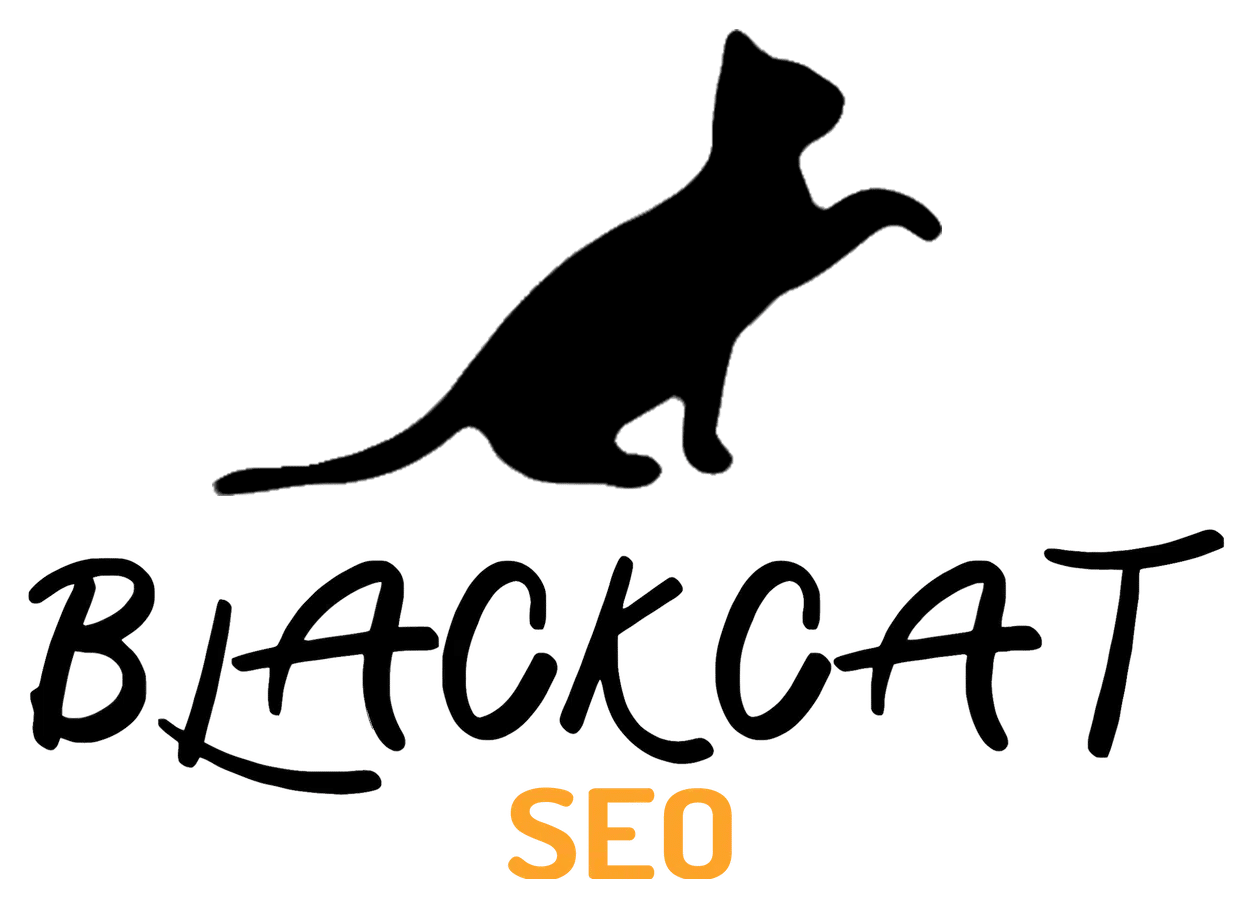
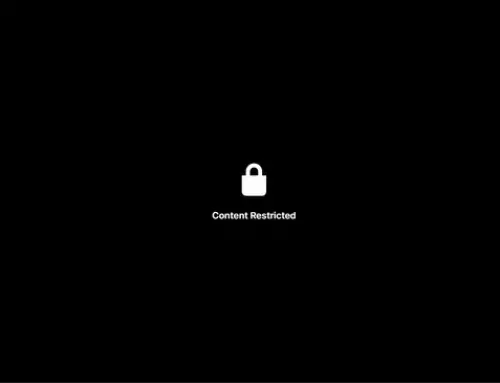

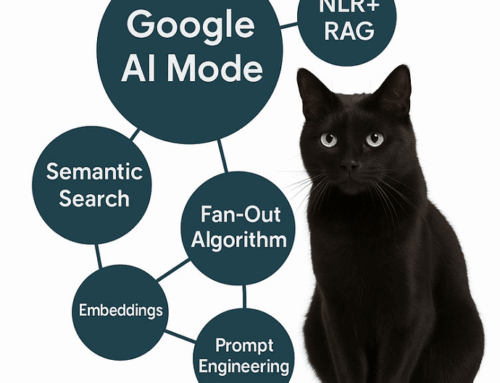
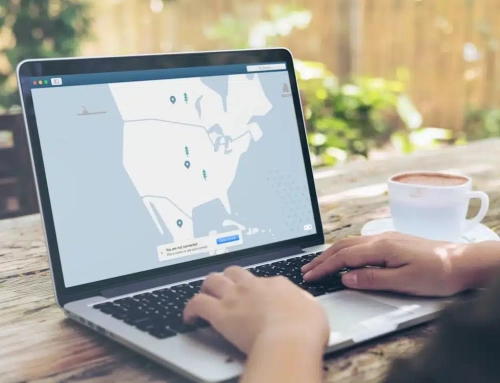
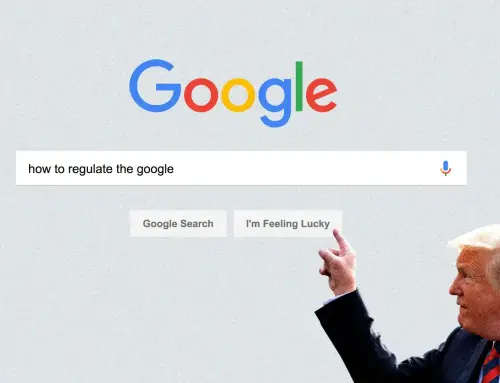
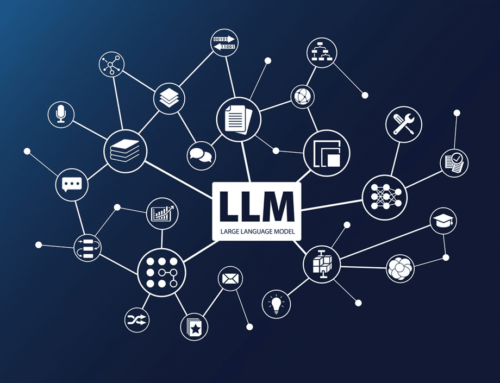


Leave A Comment